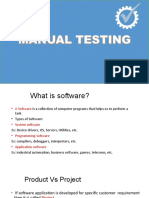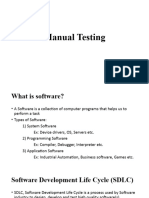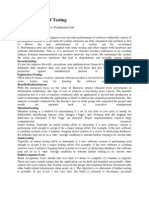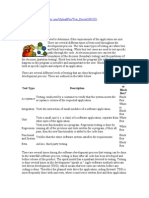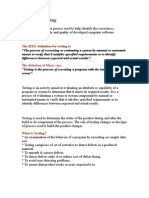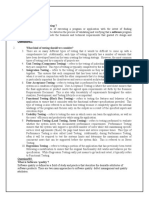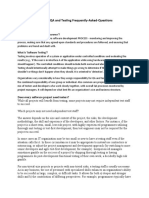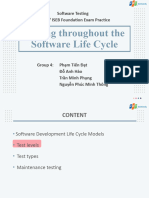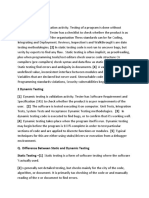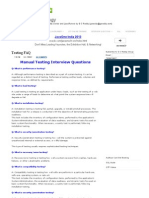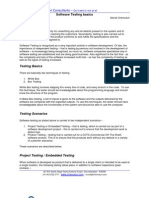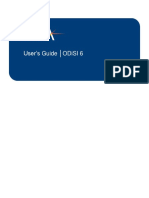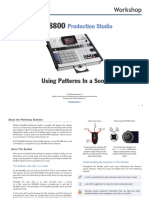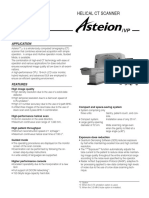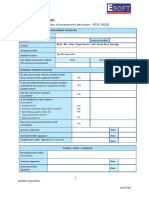0% found this document useful (0 votes)
116 views8 pagesSoftware Systems: Data State Within The Integration Layer
The document discusses system integration testing and provides steps to test the data state within the integration layer, database layer, and application layer. It also discusses user acceptance testing and provides typical steps involved, including test planning, designing test cases, executing test cases, documenting defects, resolving issues, and sign off. Finally, it defines quality assurance, quality control, and testing.
Uploaded by
Sakul KoiralaCopyright
© Attribution Non-Commercial (BY-NC)
We take content rights seriously. If you suspect this is your content, claim it here.
Available Formats
Download as DOCX, PDF, TXT or read online on Scribd
0% found this document useful (0 votes)
116 views8 pagesSoftware Systems: Data State Within The Integration Layer
The document discusses system integration testing and provides steps to test the data state within the integration layer, database layer, and application layer. It also discusses user acceptance testing and provides typical steps involved, including test planning, designing test cases, executing test cases, documenting defects, resolving issues, and sign off. Finally, it defines quality assurance, quality control, and testing.
Uploaded by
Sakul KoiralaCopyright
© Attribution Non-Commercial (BY-NC)
We take content rights seriously. If you suspect this is your content, claim it here.
Available Formats
Download as DOCX, PDF, TXT or read online on Scribd
/ 8

